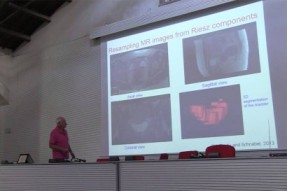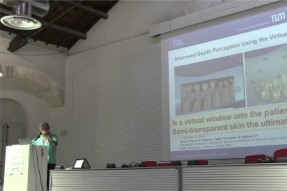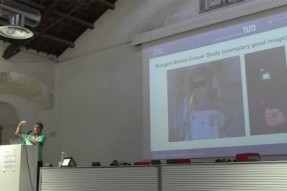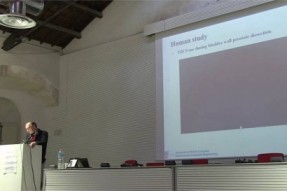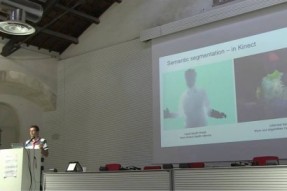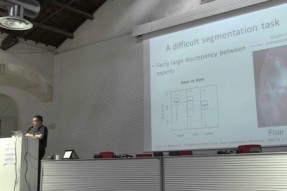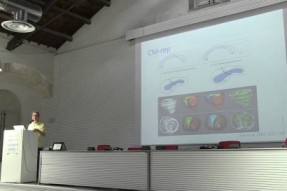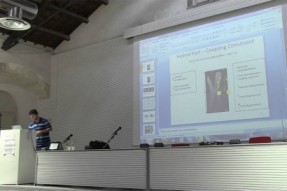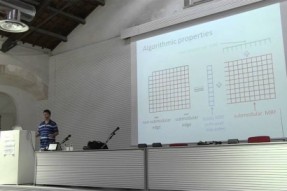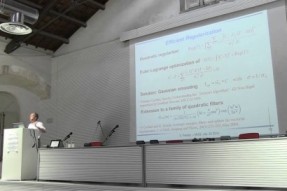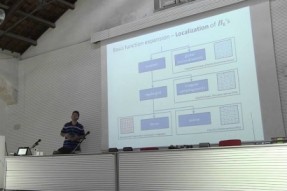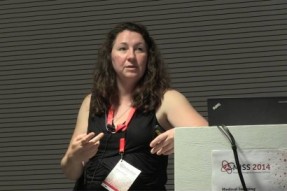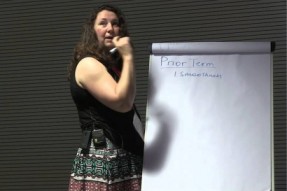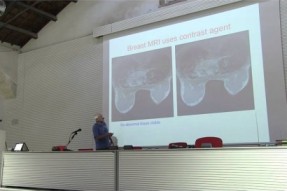Quantification of object dynamics by spatiotemporal shape analysis - MISS 2014 (09)
Prof. Guido Gerig (University of Utah), lecture 2
Prof. Guido Gerig (University of Utah, US) was one of the speakers of Medical Imaging Summer School (Sicily, July 28-August 1, 2014), here you can find his lecture 2: "Quantification of object dynamics by spatiotemporal shape analysis".
Abstract. Rapid advances in image acquisition and shape capturing technology provide continuous or time-discrete series of 3D volumetric images and/or surfaces, requiring novel spatiotemporal image and shape analysis methods to quantitate and model shape change trajectories. Segmentation and shape modeling of time-varying objects makes use of the inherent correlation and causality of repeated acquisition but can also include domain-specific information on expected smoothness and characteristics of deformations.
This research talk discusses work in progress of the development of 4D image analysis methodologies that carry the notion of linear and nonlinear regression, now applied to complex, high-dimensional data such as images, image-derived shapes and structures, and a combination thereof. We address concepts for regression of 4D shapes from time-discrete data, issues of establishing explicit point correspondence versus correspondence-free methods, and discuss preliminary work towards statistical analysis of sets of 4D shape trajectories. This includes statistical concepts of longitudinal data analysis such as linear and nonlinear mixed-effect modeling (NLME) now extended from scalar data to complex shape structures, and reduction of dimensionality of feature space via sparse parameterization.
Particular driving applications can be found in medical image analysis, where clinical assessment routinely uses terms such as growth trajectory, development, aging, degeneration, disease progression, recovery or prediction. This terminology inherently carries the aspect of dynamic processes, suggesting the need for longitudinal imaging and spatiotemporal quantitative analysis.
Shooting: Lorenzo Di Silvestro, Mauro Sodano
Editing and post-production: Lorenzo Di Silvestro, Agata Ventura
Vedi anche
- L'occhio della macchina
- La funzione logistica nell'analisi dei dati
- Processing pill 09 - Gestione delle immagini
- Processing pill 08 - Per chi scrive: la tastiera
- Processing pill 07 - Mouse!
- Processing pill 06 - Tutto quello che avreste voluto sapere sulle etichette di testo
- Processing pill 05 - Animiamo e dinamizziamo le nostre finestre!
- Processing pill 04 - Forme arbitrarie e complesse: giochiamo con le shape
- Processing pill 03 - Qualche primitiva grafica e come usarla velocemente
- Processing pill 02 - Un tour dell'interfaccia, piccolo programma statico “prototipo”
